The charm of everyday life in the works of Carl Spitzweg (30 photos)
What interesting things can there be in scenes from everyday ordinary life? Routine, monotony and monotony. But this painter managed to find that line that revealed the world of ordinary people and their affairs in a completely different light. 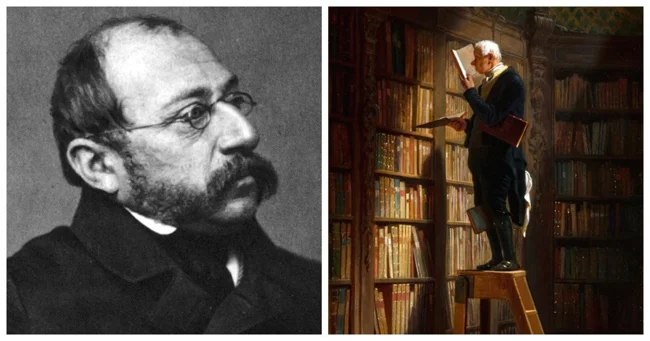
Carl Spitzweg (born February 5, 1808, Munich - died September 23, 1885, Munich) was a German painter, recognized as the most brilliant among the artists of the movement called Biedermeier. 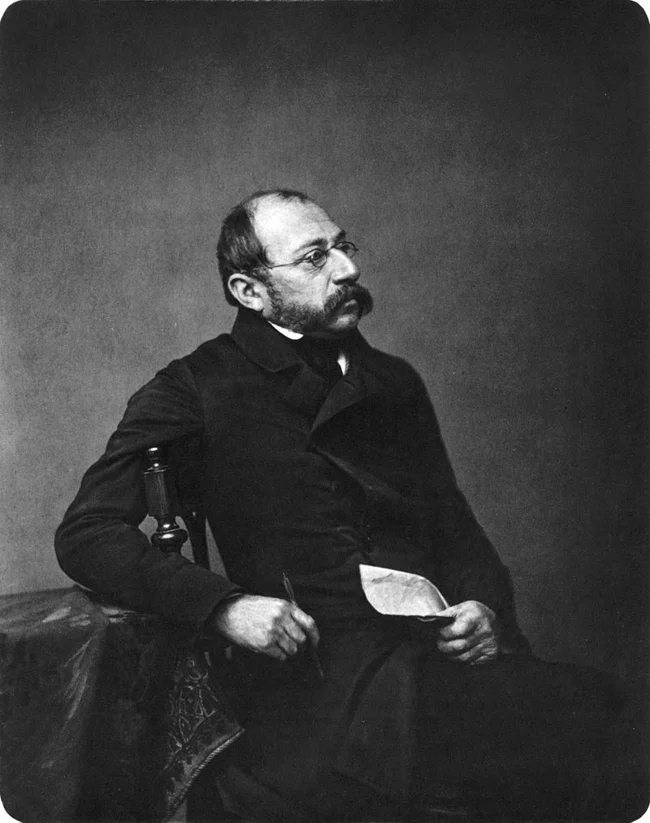
Carl Spitzweg
Trained as a pharmacist at the University of Vienna, Spitzweg worked as a pharmacist and newspaper illustrator before becoming an artist in 1833. Actively traveling around Europe, he was a traditionalist in his choice of subjects. With great tenderness and humor, but with precise control of light, shadow, composition and detail, he portrayed small town slobs, street musicians, postmen, night watchmen and lovers saying goodbye.
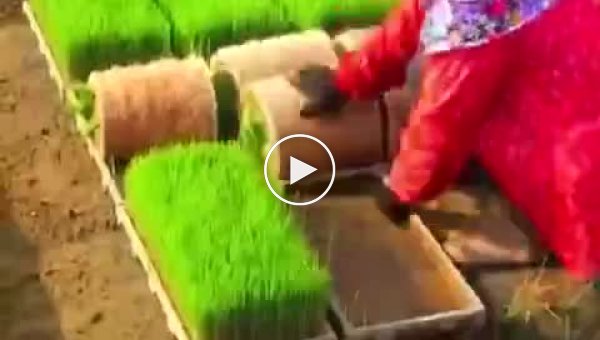
Portrait of Gottlieb Biedermeier from the Munich magazine Fliegende Blätter from 1855
The Biedermeier style in art is a transitional period between neoclassicism and romanticism in Germany, Austria, Northern Italy and the Scandinavian countries. The name "Biedermeier" was originally pejorative, as it was based on the "Papa Biedermeier" caricature, a comic symbol of middle-class comfort. Such comfort emphasized family life and private activities, especially letter writing (with great importance attached to the secretary's desk) and hobbies. No Biedermeier family was complete without a piano, which was an integral part of the popular evening party.

A man reading by the lamp. Georg Friedrich Kersting
Evening parties reinforced the cultural interests of the growing middle class in books, writing, dancing, and poetry readings—all of which were subjects for Biedermeier painting, which was either genre, historical, and most often sentimental. The most prominent artists include Franz Kruger, Georg Friedrich Kersting, Julius Oldach, Carl Spitzweg and Ferdinand Georg Waldmüller.
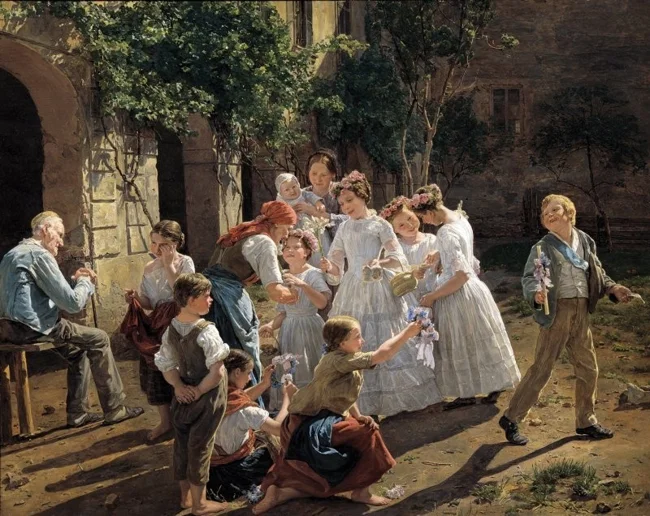
Morning of the Feast of Corpus Christi. Ferdinand Georg Waldmüller
In general, the Biedermeier style became clear evidence of the conflict of ideas between classicism and romanticism that continued in the first half of the 19th century. Over time, the Biedermeier style became romanticized: straight lines became curved and serpentine, simple surfaces increasingly embellished with natural materials, humanistic forms became more fantastical, and textures became more experimental. Yet an initial emphasis on lightness, utilitarianism and individuality characterizes the revival of the Biedermeier style in the mid-1960s.
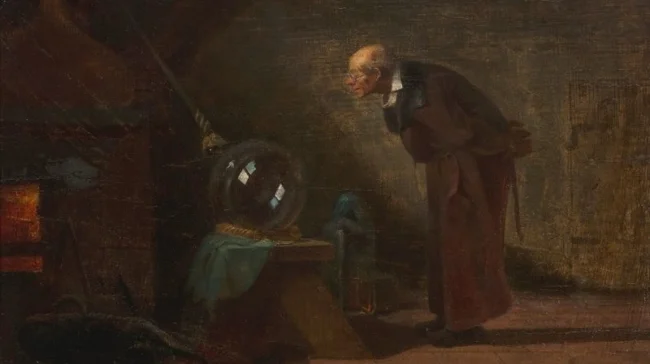
Alchemist

childhood friends

Mountain landscape
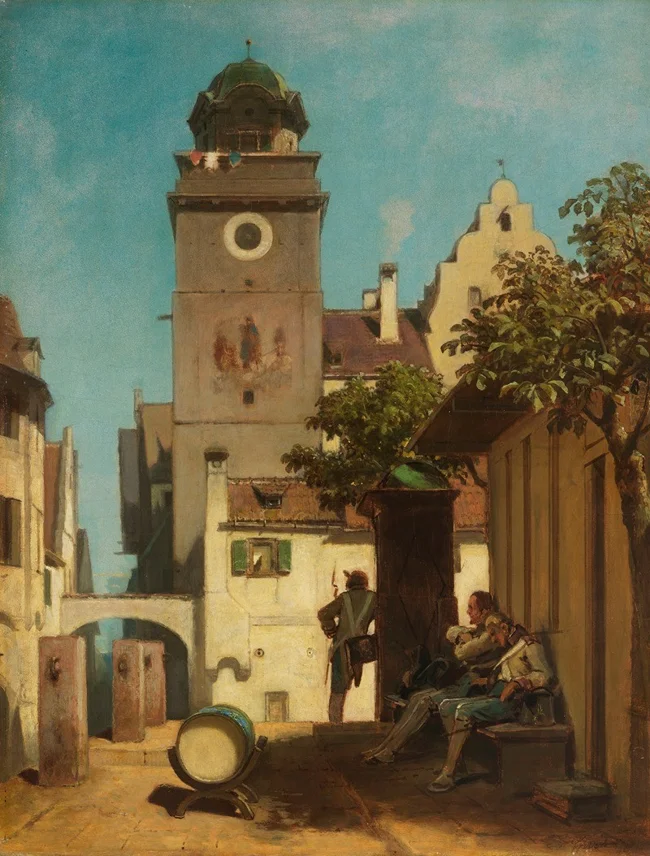
City Watch

In the attic

Scientist
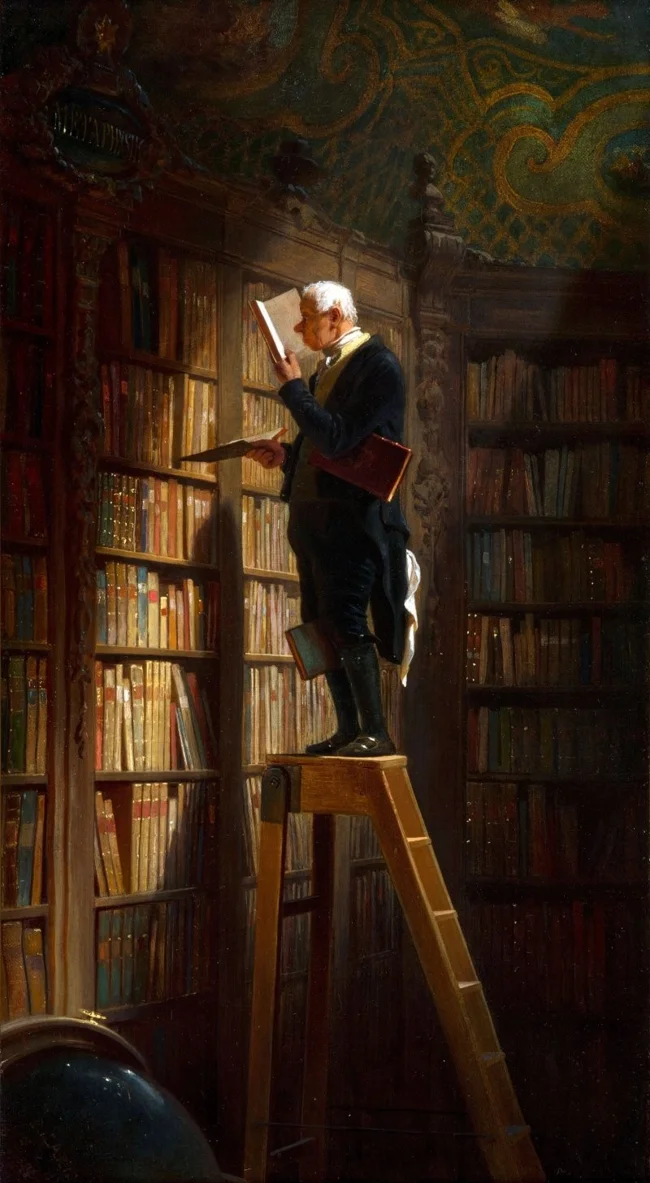
Bookworm

Golden evening

Serenade
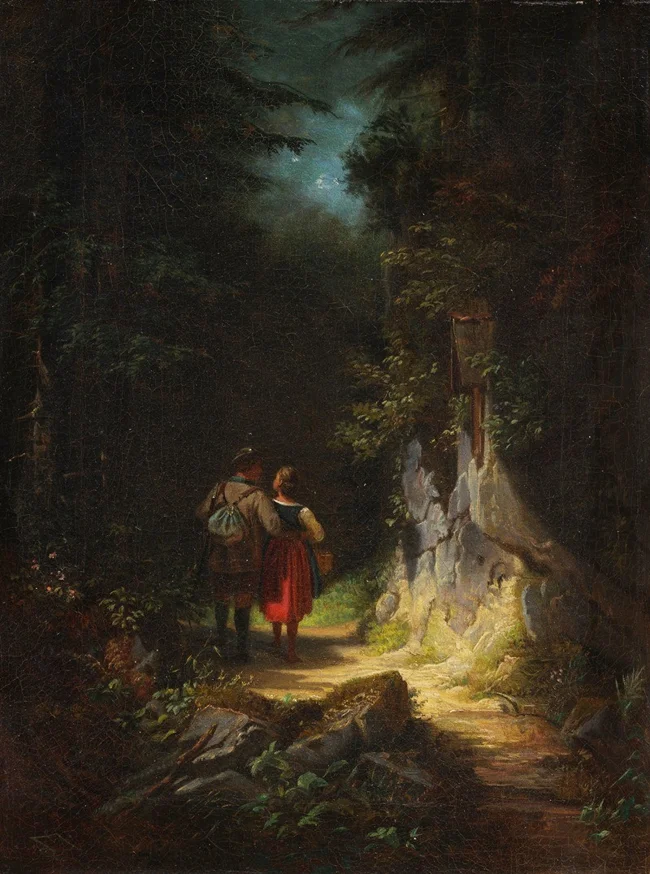
Hunter in love
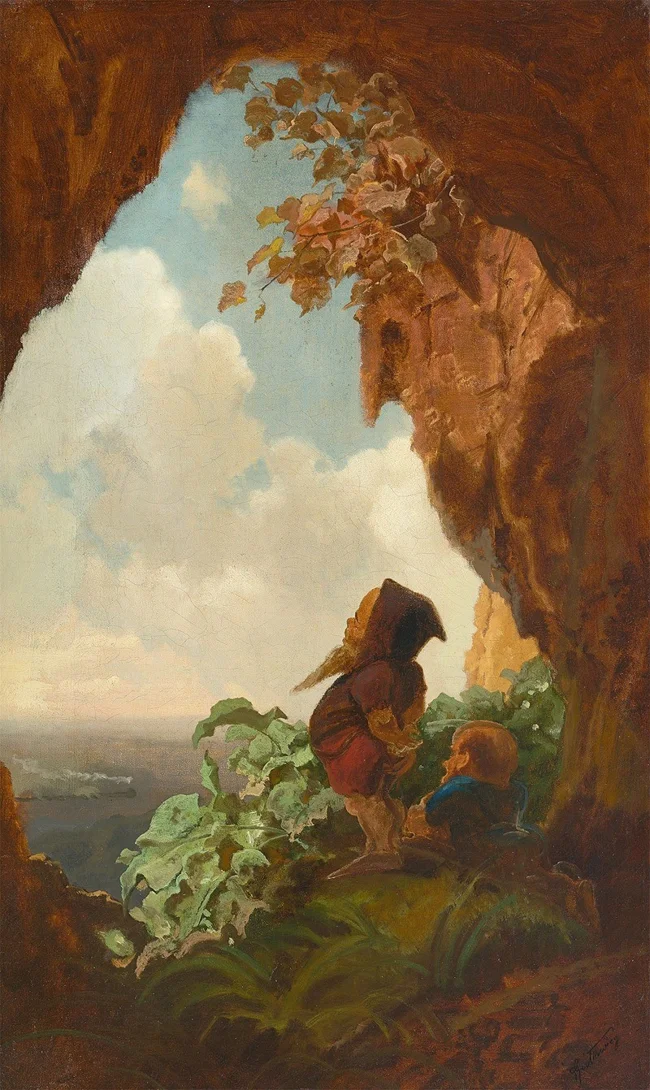
First railway
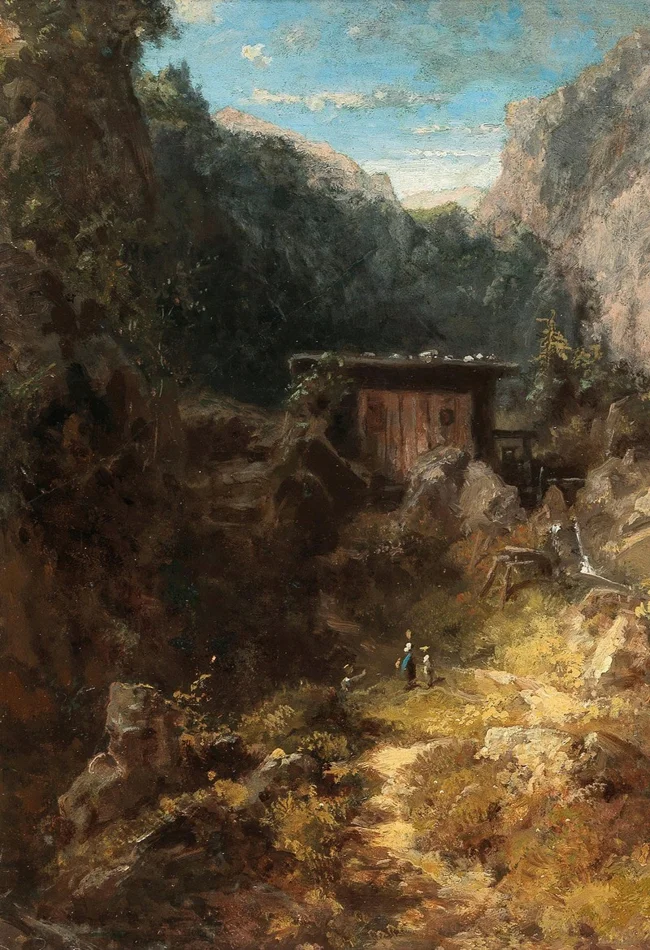
mountain mill
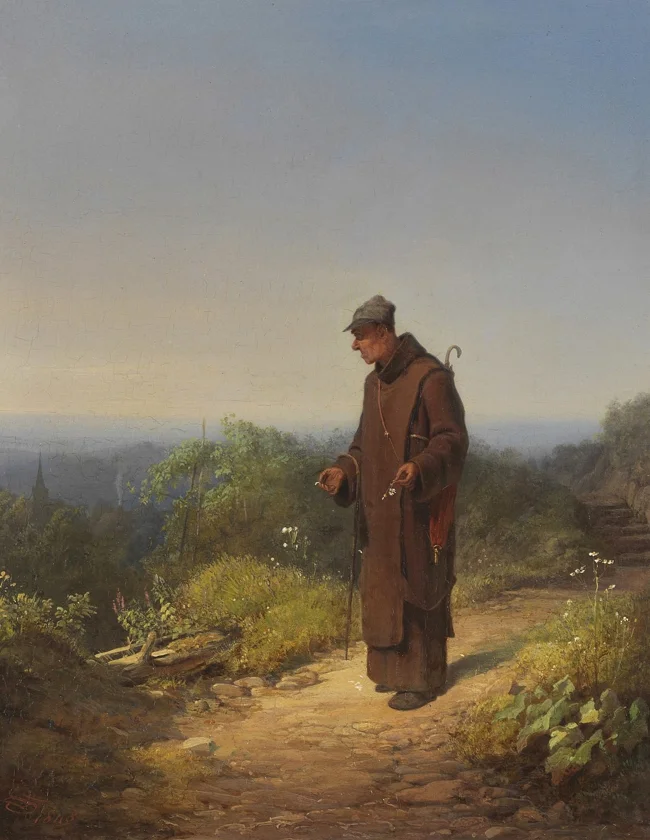
Monk

Violinist in the moonlight

Witch
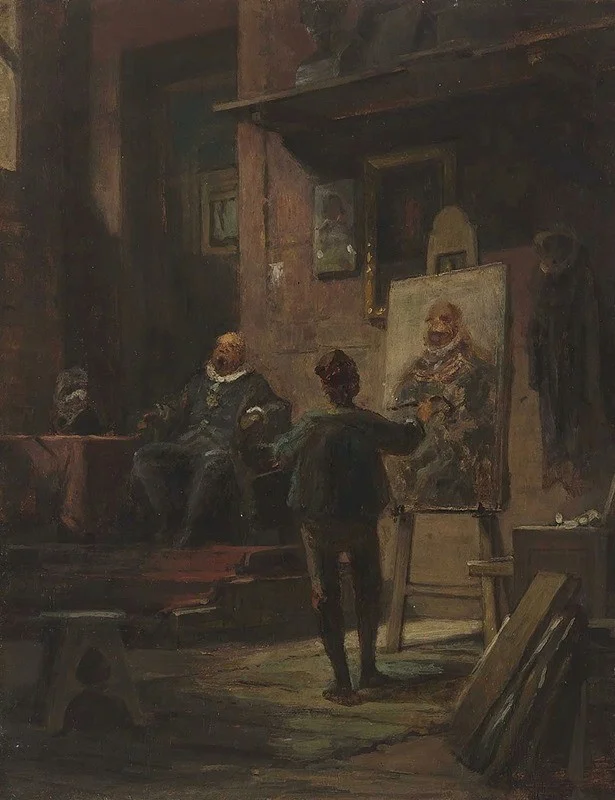
Artist
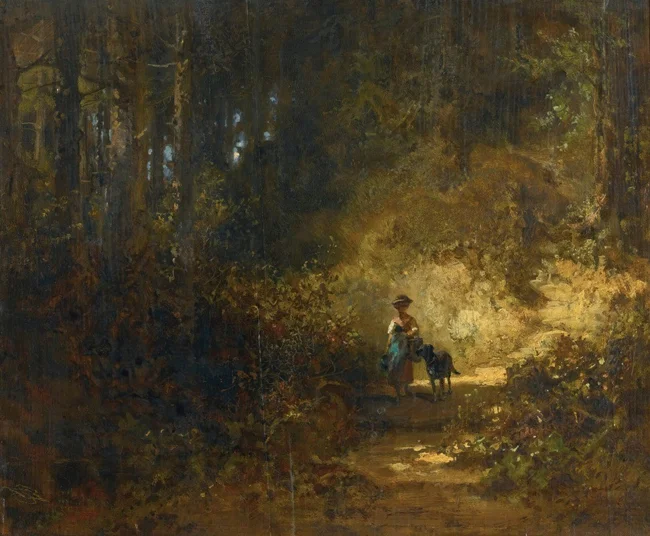
In the forest
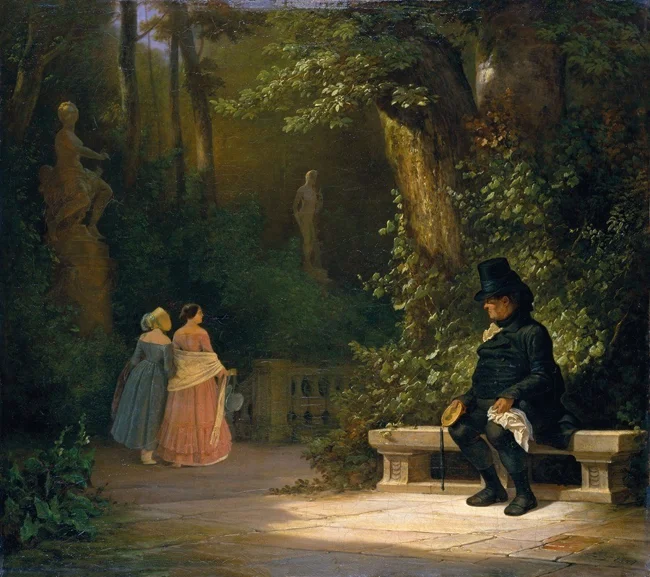
Widower
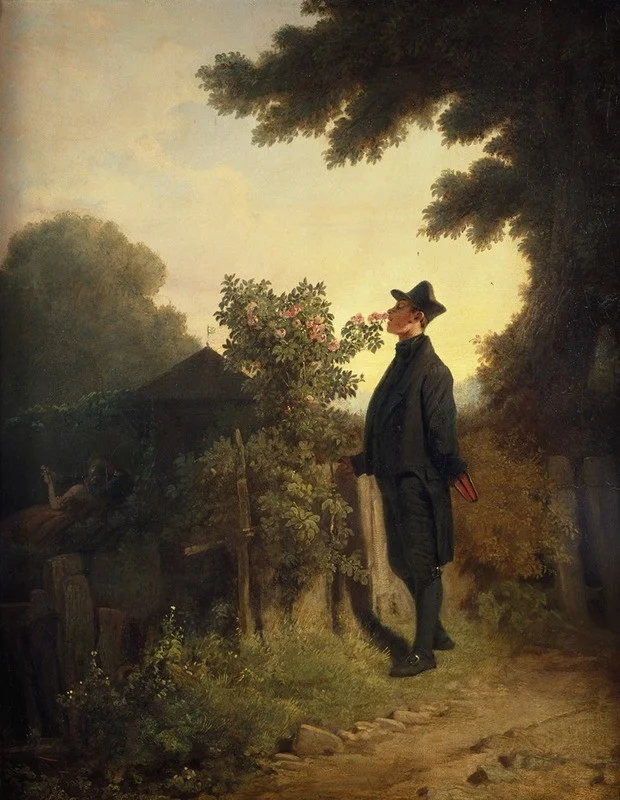
Rose lover
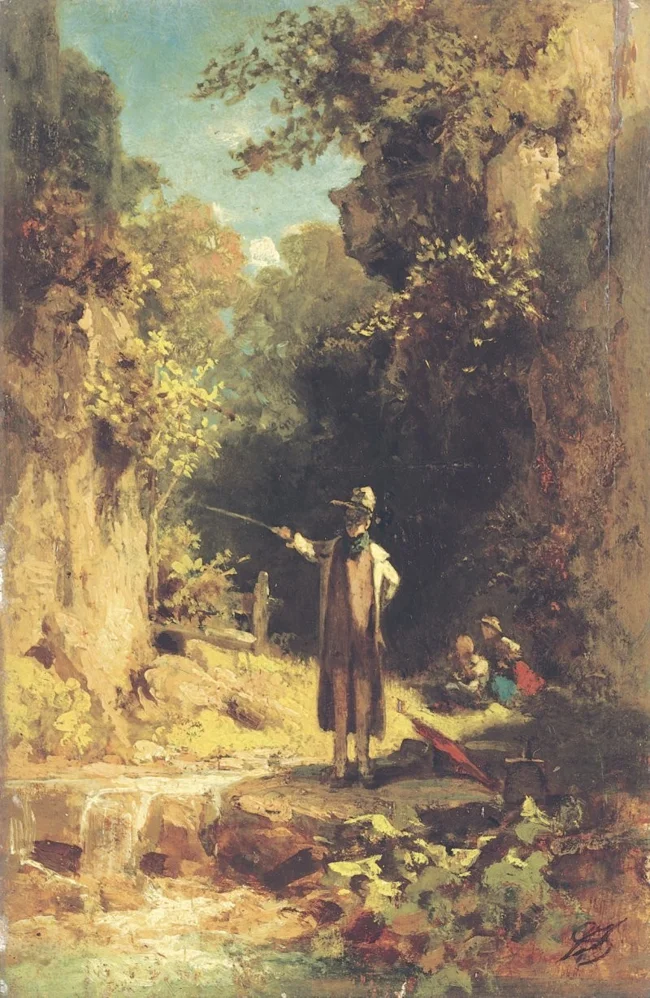
Fisherman

Poor poet

Sunday morning
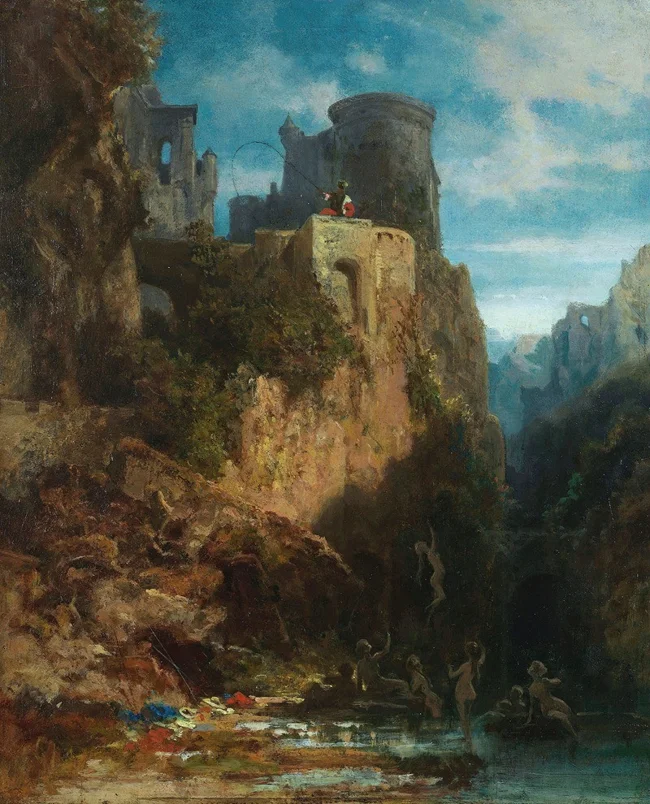
Catching mermaids
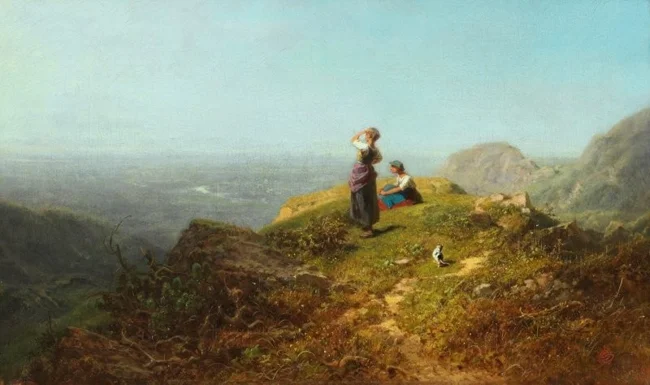
Valley view
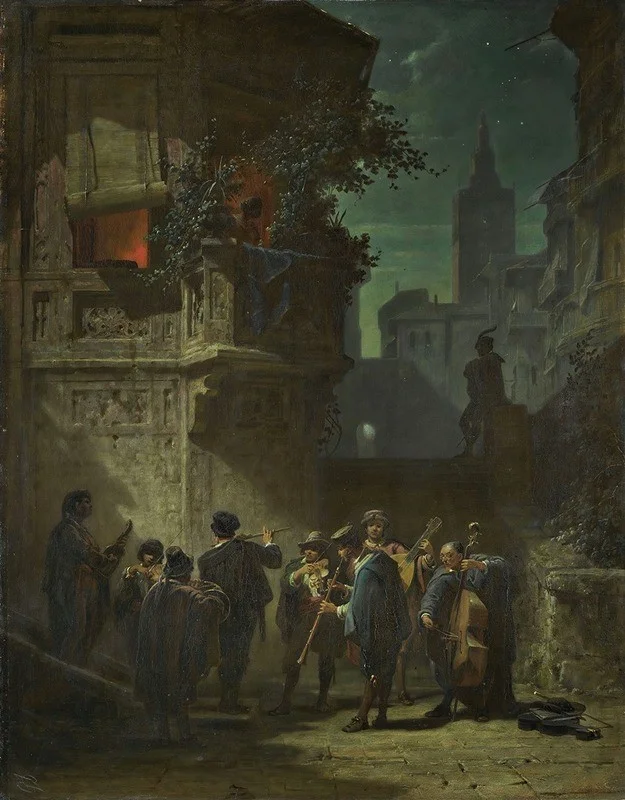
Spanish serenade

